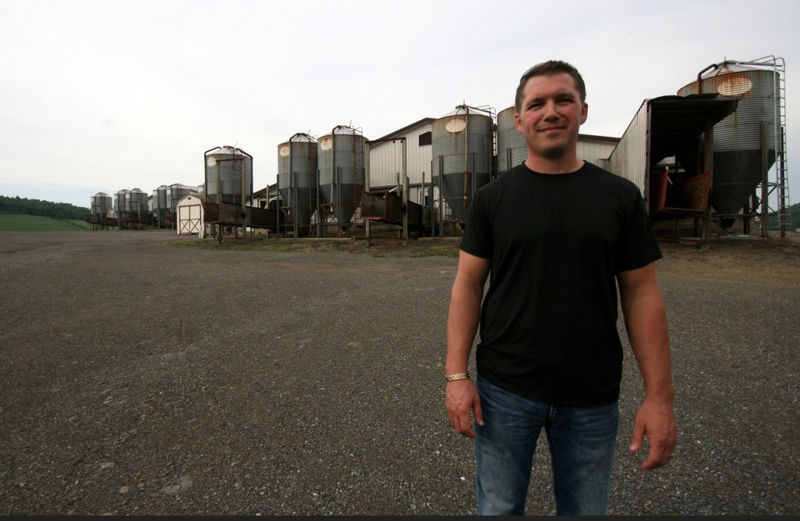“It’s pretty cool that we can have joint partnerships in trying to help make the environment better from one end of the country to the next,” says Brubaker. About 80 percent of the offset credits in California’s marketplace come from out-of-state projects. That includes things like conserving forests or incinerating greenhouse gases.
“Offsets are less expensive, yet real emissions reductions,” says Gary Gero, President of the Climate Action Reserve, a registry for offsets. About 20 million of these credits have been approved by the state for purchase since the start of the cap-and-trade program. Gero says offsets give businesses flexibility in reducing emissions.
“What we’re trying to do with a mechanism like cap-and-trade is reduce the overall impact on the economy, essentially on businesses and their consumers of complying with the environmental regulation,” he says.
There is a limit to how many offsets companies can use, but critics worry that offsets are a crutch, allowing polluters to keep polluting as usual.
“They shouldn’t be tied to our effort to get away from fossil fuels,” says Laurie Williams, a volunteer with Citizens’ Climate Lobby, a group that sued the state over offsets, and lost.
“The activities that have been chosen for offsets are virtually all activities that were happening to some degree prior. And where it’s impossible to tell what additional increment of that activity you’re getting because of the offset credit. It’s too complex,” she says.
Back in Pennsylvania, Brubaker says he was counting on revenue from a market like California’s before he installed his methane digester. But if the program didn’t exist, he still would have moved forward without the project.
“What it comes down to is, it certainly helps projects like ours come together,” he says.
The supply of offset credits has doubled since last year, according to the Climate Action Reserve. California businesses will disclose more information about how many offsets they’re using this November, when they submit cap-and-trade compliance information to state regulators.
CALmatters is a non-profit journalism venture dedicated to explaining California policies and politics.
